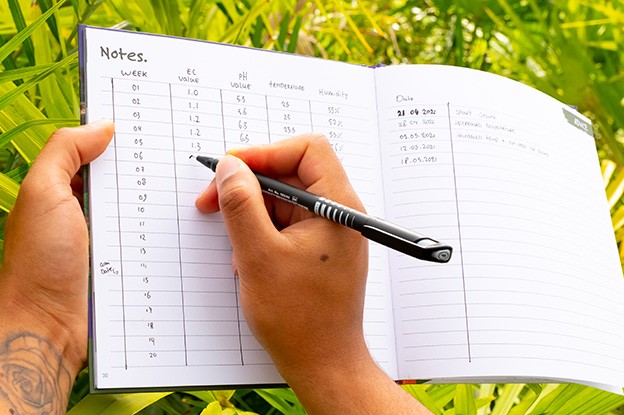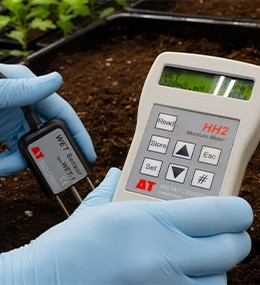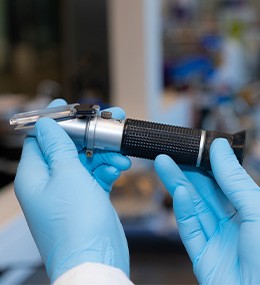EC reading: Electrical conductivity in units
The EC value is an expression of the quantity of nutrients in a nutrient solution or substrate. You want to know this, because you don’t want to overfertilize your plants. To determine this value you can use an EC meter. But different meters use different scales to express the value. How does this work?

What's EC measured in?
So, there are multiple systems to express the nutrient value in a solution. The most important is EC, or electrical conductivity. The more salts are present in a solution, the better is conducts electricity.
What's an EC reading chart?
An EC meter expresses its readings in milllisiemens or microsiemens per centimeters (mS/cm of μS/cm). The EC value is the basis of everything.
TDS (total dissolved solids)
In some parts of the world, the meters use other values. They convert the EC value to TDS, or total dissolved solids in a solution. TDS meters express this value in PPM or parts per million.There are EC reading charts available to convert values.
PPM
Here’s the catch to using this method: the TDS meters made by different companies use different formulas to convert EC to TDS. This means you can get different PPM measurements for the same EC value, depending on which brand of meter you use.
Let’s recap EC reading charts:
EC = Electrical conductivity
Measured in mS/cm (millisiemens) or μS/cm (microsiemens)TDS = Total dissolved solids (Converted EC)
Measured in ppm (parts per million)
EC reading charts
Be aware which conversion method your EC or TDS meter uses. If the instructions on your grow products use a different scale, you’ll have to convert the values. You can find easy to use EC reading charts for this. These charts clearly display the values of the most important brands of EC meter next to each other, like Hanna, Eutech and Truncheon. So, as long as you know the type and brand of your device, you can easily convert EC to TDS and brand to brand.
Do you need help with your grow?
If you need help during your grow cycle about your plant or nutrition, ask our Grow Experts via Servicedesk.

